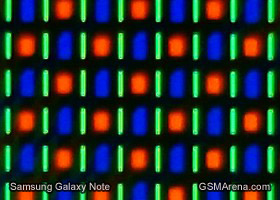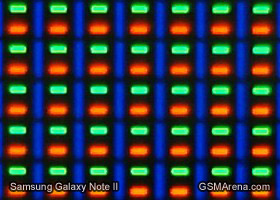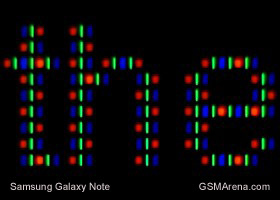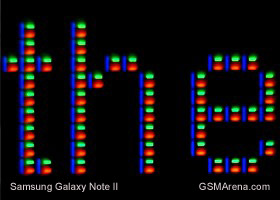Quote:
Originally Posted by Chuck

Yeah I use about 3gb but I bought my phone private party. We changed anyway due to the cost savings ($100 a month) on the share everything plan. So in November I'll have an upgrade hope something good comes out...
|
On Verizon you have three awesome potential phones:
1) LG Optimus G - QuadCore S4/Adreno 320, 4.7" 720p IPS LCD
2) HTC Flagship - QuadCore/DualCore S4/Adreno 320, rumored 5" 1080p SLCD-2 screen
3) Galaxy Note 2 - Quadcore Exynos 4412/Mali400, 5.5" Super Amoled (RGB, not pentile like every other Samsung 720p phone!!!) screen
Also the rumor is 3 to 5 new Nexus phones coming out at the end of the year. However, the rumors also point to them not necessarily coming to Verizon because of all the Galaxy Nexus issues.
The Galaxy Note 2 is my leading contender. The LG and HTC CPU's/GPU's are more powerful, but the Note 2 has the biggest screen and also has a removable giant 3100mah battery and an SD card slot. The other two will likely have much smaller, non-removable batteries and no SD card slots

Quote:
The removal of that 80-pixel wide strip resulted in a slightly lower pixel density - 267ppi vs. 285ppi. The new matrix, however, makes up for that easily and the perceivable sharpness of the screen is actually higher.
It's no longer a PenTile matrix like on the original Note (which had a slight crosshatch patter noticeable, but only if you look really closely).
Perhaps these photos snapped with a digital microscope will help clear up the differences in pixel arrangements.
 
Samsung Galaxy Note screen • Samsung Galaxy Note II screen
The pixels of the Note II have one tall Blue sub-pixel on the left and smaller Green and Red pixels stacked one on top of the other. It's an odd arrangement, but it has three subpixels per pixel. The reason for the different Blue pixel is that Blue AMOLEDs typically have a shorter life and making them bigger balances things out. Also, the Blue pixel doesn't shine as brightly, which also improves its life, but doesn't affect color balance (because it's bigger).
To illustrate how the different arrangement improves sharpness we used our microscope to snap a picture of very tiny text - the line width here is 1px, the font is white.
 
Samsung Galaxy Note screen • Samsung Galaxy Note II screen
As you can see, the Galaxy Note II screen lights up individual pixels to display the 1px-wide lines. The old Galaxy Note, however, can't use a single pixel as each individual pixels can't make white, as it only has two of the three needed colors.
To fix that, the screen uses sub-pixel rendering, which "borrows" a subpixel from a neighboring pixel to make white. But now the line has become 1 2/3px wide.
This new arrangement seems to result in some very slight color aberrations around sharp edges, but it takes a great deal of eye-strain to try and see it.
|

Size Comparison shot with an SG3.
